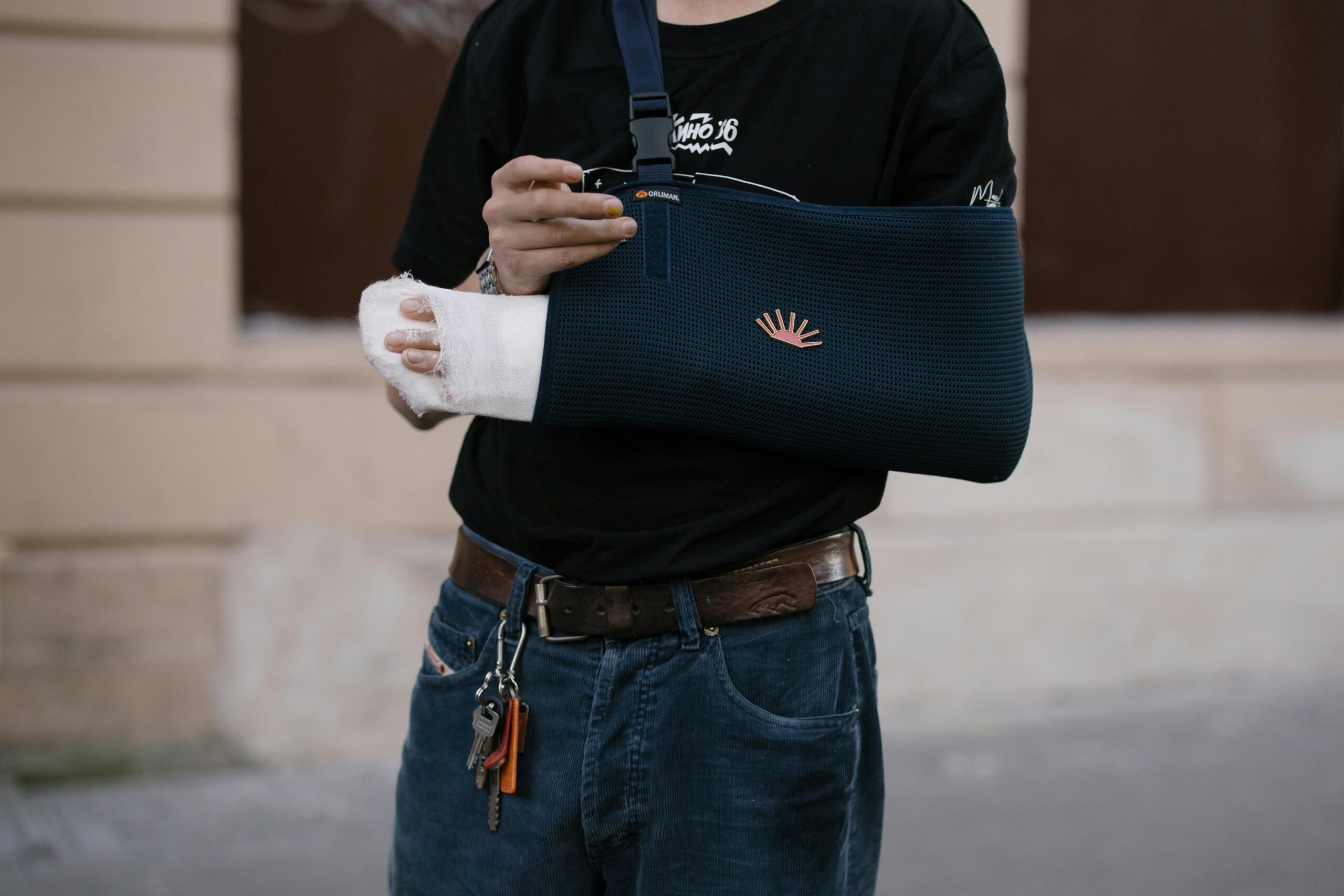What are casts?
Casts are a rigid support made from either Plaster of Paris, fibreglass, or a synthetic equivalent. They support stable fractures (broken bones) whilst they heal, ensuring the bones stay aligned for optimal union.
Common injuries treated with cast immobilisation
Fractures are the primary reason for cast application. We deal with various fractures, including those affecting the radius, ulna, scaphoid (wrist), and tibia and fibula (ankle).
What type of casts can I get at Macquarie Physiotherapy?
At Macquarie Physiotherapy, we offer a range of casts, including long arm, short arm, long leg, and short leg variants. We also provide other supports like CAM boots, splints, and braces.
Backslab Casts for recent fractures: Addressing swelling and ensuring healing
For recent fractures (1-5 days old) with swelling, a back slab cast is often applied. This type of cast, including short leg backslab and long arm backslab variants, is not completely enclosed, allowing for swelling fluctuations. They are usually worn for about a week before transitioning to a full cast, which is lighter and more durable.
Our trained professionals follow a meticulous process for applying backslab casts, ensuring proper alignment and support. This includes selecting appropriate materials, positioning the limb, and applying the backslab with precision. We provide detailed care instructions for your backslab cast, covering hygiene, swelling management, and signs to watch for that might indicate complications.
It’s important to be aware of potential risks like neurovascular compromise or joint stiffness. Our team monitors these closely and provides guidance on how to minimise these risks. Backslab casts play a crucial role in splinting the injured area, providing analgesia, and preventing further injury. We assess the healing progress and swelling reduction to determine the right time to transition from a backslab to a full cast.
Fibreglass Casts
If your fracture does not have any signs of swelling, we will often apply a full cast made from fibreglass. Fibreglass is lighter than Plaster of Paris and more durable. Normally these casts are on until 6 weeks post the initial injury. We can also apply waterproof casts for certain fractures using a special padding material, meaning it can get wet.
Removing Casts
We also remove casts once they are ready to come off using a special type of oscillating saw. These saws are very unlikely to cut the skin and our physiotherapists are experienced in safe cast removal.
CAM boots, splints and braces
For more minor or stable fractures, we can also fit CAM boots, splints and braces as directed by your doctor. Splints and braces have the benefit of being removable and often you are also allowed to weight bear in a CAM boot.
We are also able to provide multiple cast aids to help you keep functioning whilst healing from a fracture. These include crutches and various arm slings.
Here at Macquarie Physiotherapy, we have a great working relationship with many orthopaedic specialists and doctors in the region. This means we can ensure you are getting the right cast for your injury and are seen quickly if further follow-up is needed. Getting a cast fitted with us means you are not waiting at the hospital for multiple hours,. It also ensures your cast is getting fitted by someone experienced. If we are unable to provide a very specialised splint or cast, we can refer you to the right specialist for your needs.
Book in today if you need any casts or splints applied!



